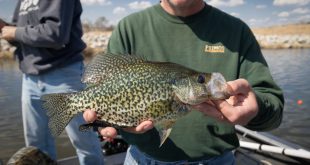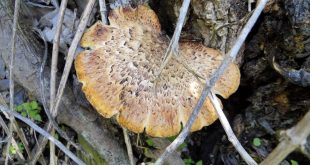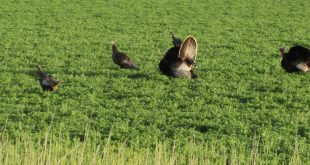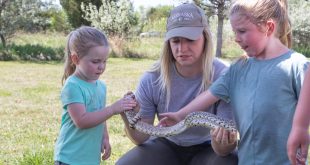Whether it’s running down a tree head first or standing on hind legs to inspect an attractive aroma, raccoon behaviors can be fascinating to observe. Though easily identified by their distinctive black mask and ringed tail, witnessing a raccoon in the wild can pose a challenge due to their nocturnal nature.
In the city, however, the odds of catching a glimpse of these mammals are considerably greater. With a population density and life expectancy higher than that of their country counterparts, urban raccoons have quickly adapted and thrived in the midst of the metropolis. Since they have the dexterity to unlatch doors and open containers, it is customary for these omnivores to dine at garbage bins where their access to food is plentiful, and will often become the exclusive source of nourishment.
It was once believed that raccoons had the humanlike tendency to wash their food before eating it. Rather, the perceptive hairs surrounding their claws increase in sensitivity while immersed in water and they use this method to explore and identify objects.
In the Midwest, raccoons mate primarily during late winter. After a gestation period of around 62 days, a litter is born, usually comprised of two to five young known as kits. Since male raccoons do not assist with caretaking, kits will remain with their mother in a protected area until they are old enough to forage on their own. Urban raccoons will often use attics, garages, chimneys and basements as den sites and will teach their young their trademark technique of dumpster diving.
As a survival skill, raccoons will often elude their pursuers by traveling through streams and climbing trees. In the city, since their only major predator is the automobile, they have subsequently learned to avoid busy streets and highways, and will teach their young how to safely cross the road. These resident raccoons don’t use traffic lights, however, for they are colorblind.
In Nebraska, prior to 1940, raccoons were common only in the eastern third of the state. They have since greatly expanded their reach and can now be frequently found in all 93 counties. As they continue to colonize in cities, they have become a notorious neighborhood nuisance to some, yet they remain a treasured resource to others. During the 2011-2012 season, Nebraskans harvested an estimated 177,171 raccoons at an average price of $10.09 per pelt. This value is projected to continue on the upward trend this season, making this furbearer a viable economic activity for hunters and trappers.
Regardless of their location within the landscape, raccoons are intelligent creatures with a unique ability to adapt under modern circumstance. This makes observing them a worthwhile experience, one that may leave the viewer just as curious as they are.
 Nebraskaland Magazine
Nebraskaland Magazine



